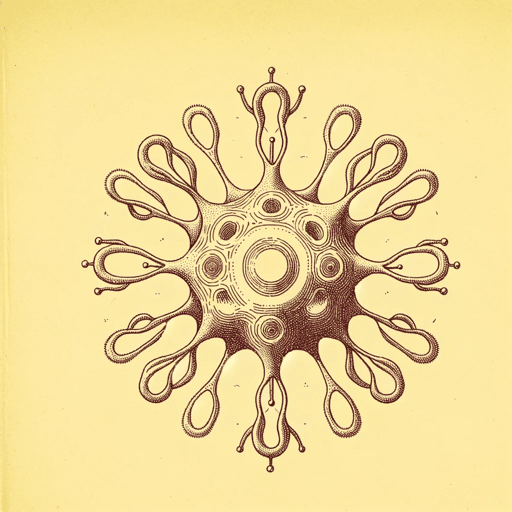51 pages • 1 hour read
Laurie GarrettThe Coming Plague: Newly Emerging Diseases in a World Out of Balance
Nonfiction | Book | Adult | Published in 1994A modern alternative to SparkNotes and CliffsNotes, SuperSummary offers high-quality Study Guides with detailed chapter summaries and analysis of major themes, characters, and more.
Chapters 9-12Chapter Summaries & Analyses
Chapter 9 Summary: “Microbe Magnets”
One of the main features of the rise of new infectious diseases in the 20th century was the role of urban centers as magnets and mixing bowls for microbial spread. Garrett notes, “Cities, in short, were microbe heavens, or, as British biochemist John Cairns put it, ‘graveyards of mankind’” (235). The dense population rates that characterized cities allowed microbes to increase their transmission exponentially. This disease feature was seen throughout human history, perhaps nowhere more compellingly than in the plague of the Black Death in medieval Europe, which hit cities hard but did not spread well in rural areas. Microbes that had been interacting with human populations for millennia suddenly became existential threats in urban areas, a pattern that repeated itself in the rise of leprosy in medieval cities, tuberculosis in Enlightenment cities, and cholera in early industrial cities.
The effects of disease played into the social dynamics of city life. Those with the means to escape to unaffected rural areas would do so, but those who could not—often the poorest classes, who lived in the densest parts of the city—would suffer the greatest losses. Disease thus came to be associated with poverty and uncleanness, attitudes that led authorities to ignore the real causes of 







